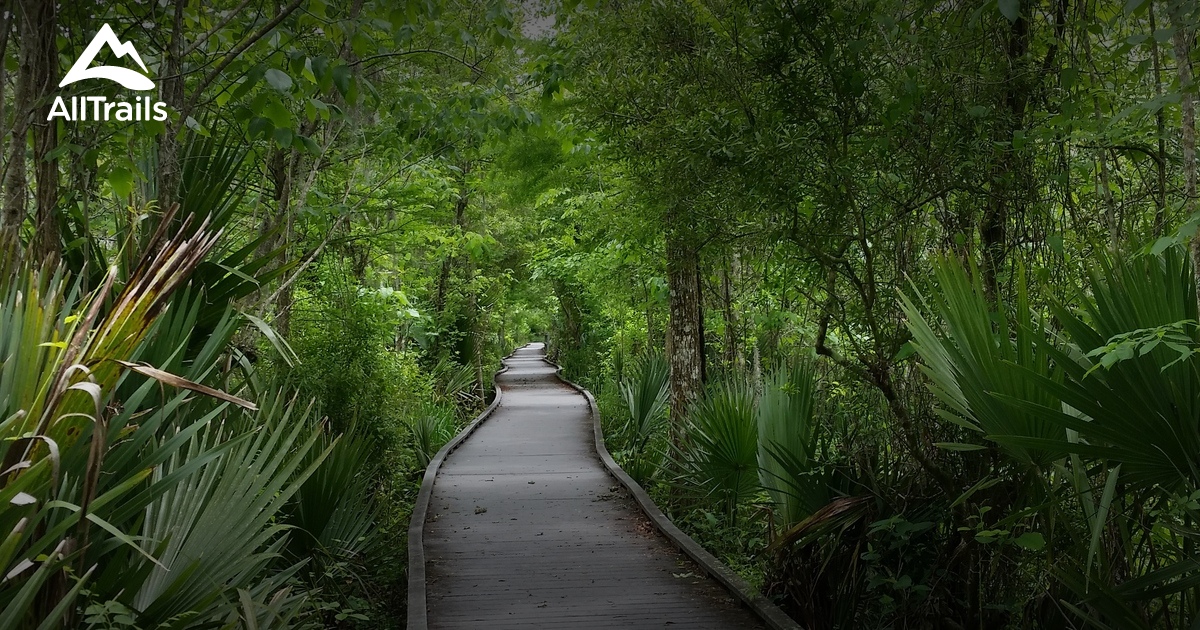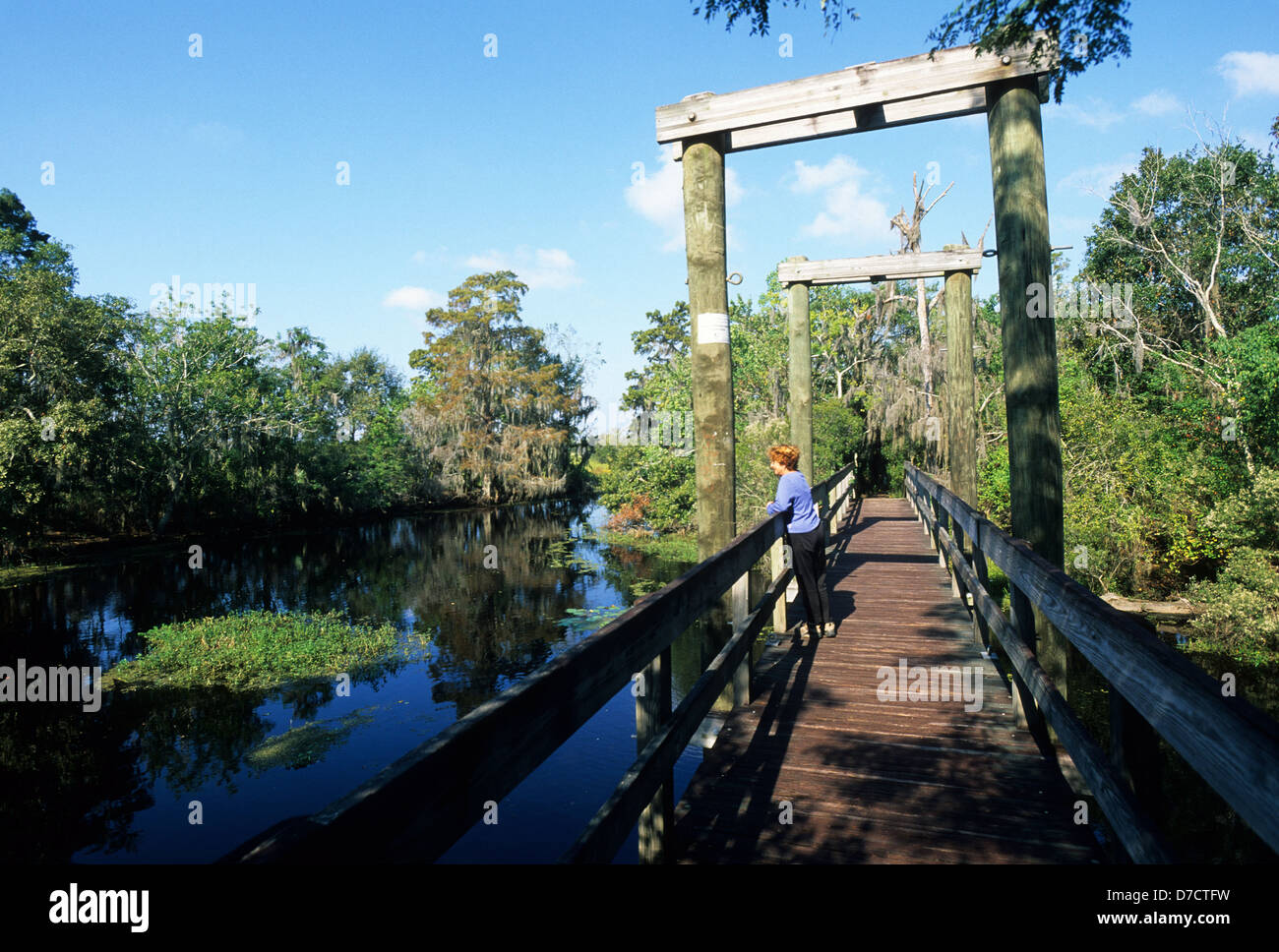
Lafitte: Where Pirate Lore Meets a Vanishing Coastline
The mist hangs heavy over the bayou, a spectral veil draped across ancient cypress trees dripping with Spanish moss. The air, thick with the scent of salt, damp earth, and unseen life, hums with the drone of insects and the distant cry of a heron. Here, in the heart of Louisiana’s wetlands, lies Lafitte – a place not just on the map, but on the very edge of existence, where the echoes of a swashbuckling past collide with the relentless advance of the Gulf of Mexico.
Lafitte, Louisiana, a small, tight-knit community nestled in Jefferson Parish, just south of New Orleans, is more than a mere collection of homes on stilts. It is a living testament to resilience, a repository of rich Cajun culture, and a frontline in the battle against coastal erosion. Its very name conjures images of its most famous, or infamous, resident: Jean Lafitte, the audacious privateer and smuggler who carved out an empire in the labyrinthine waterways of Barataria Bay in the early 19th century.
The Shadow of the Gentleman Pirate

Jean Lafitte’s story is inextricably woven into the fabric of this region. From his base in Barataria, a network of bayous and islands that offered perfect cover for his illicit trade, Lafitte commanded a formidable fleet and a loyal band of buccaneers. He was a complex figure: a cunning businessman who amassed considerable wealth through smuggling, a charismatic leader, and, ultimately, a reluctant patriot. His legend reached its zenith during the War of 1812, when he famously struck a deal with General Andrew Jackson, offering his men and knowledge of the terrain to defend New Orleans against the British. Their combined efforts led to a decisive American victory, solidifying Lafitte’s place in American folklore, even as he vanished into obscurity shortly thereafter.
Today, the spirit of Jean Lafitte permeates the town. Street names, businesses, and local lore all pay homage to the "gentleman pirate." Children grow up hearing tales of hidden treasure buried deep within the cypress swamps, and the intricate waterways still feel pregnant with secrets. "Lafitte isn’t just a place; it’s a feeling, a legacy," says Marie Broussard, a third-generation resident and owner of a local seafood market. "That pirate, he was an outlaw, sure, but he understood these waters, just like we do. He knew how to survive here." This connection to survival, to living off the land and water, is a thread that binds the past to Lafitte’s present struggles.
The Heart of the Bayou Culture
Beyond the myths and legends, Lafitte is a vibrant outpost of traditional Louisiana bayou life. The community’s roots run deep into the Cajun and Creole cultures, brought by descendants of Acadian exiles and various ethnic groups who found refuge and opportunity in these fertile, if challenging, lands. Life here has always revolved around the water. Generations of "watermen" – fishermen, shrimpers, crabbers, and trappers – have plied the bayous and estuaries, their livelihoods intrinsically linked to the health of the ecosystem.
The rhythmic thrum of outboard motors is a familiar soundtrack, accompanying shrimp boats laden with their catch, crab traps being pulled from the murky depths, and fishing charters heading out for redfish and speckled trout. Seafood isn’t just a delicacy in Lafitte; it’s the lifeblood of the economy and the heart of its culinary tradition. Gumbo, jambalaya, crawfish boils, and fresh-caught fried fish are staples, embodying the rich flavors and communal spirit of the region.
"My grandpère taught me to cast a net, his grandpère taught him," explains Samuel Dubois, a grizzled shrimper with sun-weathered skin and hands scarred by years of work. "It’s in our blood, this water. It feeds us, it defines us. Without it, we are nothing." His words carry the weight of generations, a testament to an enduring way of life that cherishes self-reliance and an intimate understanding of the natural world.
Nature’s Embrace: The Barataria Preserve
Lafitte’s natural surroundings are breathtakingly beautiful, a complex tapestry of cypress swamps, freshwater marshes, brackish estuaries, and open water that form a critical part of the Mississippi River Delta. This ecological richness is protected, in part, by the Jean Lafitte National Historical Park and Preserve, with its Barataria Preserve unit encompassing over 26,000 acres of pristine wetlands.

The Preserve serves as a vital sanctuary for an astonishing array of wildlife. Alligators glide silently through dark waters, their eyes barely breaking the surface. Egrets, herons, and roseate spoonbills wade through the shallows, their vibrant plumage a splash of color against the green and brown landscape. Otters play in the waterways, and deer, raccoons, and even bobcats roam the higher ground. Boardwalks and canoe trails offer visitors a chance to immerse themselves in this unique ecosystem, providing a stark contrast to the bustling energy of nearby New Orleans.
This natural bounty is not merely aesthetic; it is functional. The vast expanses of marsh and swamp act as a natural buffer, absorbing floodwaters and dissipating the destructive energy of hurricanes before they reach more densely populated areas. They filter pollutants, provide nurseries for commercially important seafood species, and serve as a crucial stopover for migratory birds. The health of the Barataria Preserve is directly linked to the health and future of Lafitte itself.
The Rising Tide: An Existential Threat
Yet, beneath this enduring charm and ecological grandeur lies a profound and escalating crisis. Lafitte, like much of coastal Louisiana, is quite literally vanishing into the sea. The community stands on the precipice of an environmental catastrophe driven by a confluence of factors: natural subsidence, the dredging of thousands of miles of canals for oil and gas exploration, and the ever-encroaching Gulf of Mexico driven by global sea-level rise.
Louisiana loses an estimated football field of land every 90 minutes. For communities like Lafitte, this isn’t an abstract statistic; it’s a daily reality. Homes built decades ago now stand closer to open water. Roads that once led to dry land now dead-end in murky bayous. The protective barrier of marshland that once shielded the town from storms is eroding, leaving residents more vulnerable with each passing year.
Hurricanes, always a part of life on the Gulf Coast, have become increasingly devastating. Katrina in 2005, Rita, Gustav, Ike, and most recently Ida in 2021, have left indelible scars, forcing repeated evacuations, massive rebuilding efforts, and a heavy toll on the community’s spirit and resources. "Every time a big storm comes, you wonder if this is it," says Mayor Timothy Kerner, Jr., a vocal advocate for his community. "We’re fighting an existential battle here. We’re not just losing land; we’re losing our history, our culture, our very identity."
The network of canals dredged for oil and gas exploration, while historically providing access to valuable resources, has profoundly altered the hydrology of the wetlands. They allowed saltwater to penetrate deep into freshwater marshes, killing vegetation and accelerating erosion. The Mississippi River, which once deposited sediment to rebuild the delta, has been largely leveed for navigation and flood control, starving the wetlands of their natural replenishment.
Resilience and the Fight for Survival
Despite the grim prognosis, the people of Lafitte refuse to surrender. Their resilience, honed by generations of living on the edge, is palpable. Community leaders, scientists, and environmental activists are working tirelessly to find solutions, from advocating for large-scale coastal restoration projects to implementing local adaptation strategies.
Projects such as the Barataria Basin Landbridge Shoreline Protection project aim to create new marshland and protect existing ones. Diversion projects, designed to reconnect the Mississippi River with its delta, are being planned to mimic the natural processes that built Louisiana’s coast over millennia. Residents are raising their homes, building stronger levees, and adapting their lives to the changing landscape.
"We are not leaving," declares Jean-Paul Guidry, a local educator and cultural preservationist. "This is our home. Our ancestors built this life here, and we will fight to keep it. We adapt, we rebuild, we help each other. That’s the Lafitte way." This unwavering determination is a powerful force, a testament to the human spirit’s capacity to endure and innovate in the face of overwhelming odds.
Lafitte stands as a microcosm of global environmental challenges, a living laboratory where the past and future clash in the muddy waters of the bayou. It is a place where the romanticized image of a pirate’s hideaway has given way to the stark reality of a vanishing coastline. Yet, in its struggle, Lafitte also offers a profound lesson in resilience, cultural preservation, and the enduring human connection to a place, even when that place is slowly, inexorably, being reclaimed by the sea. The mist may still hang heavy, but beneath it, the spirit of Lafitte, both pirate and people, continues to fight for its place on the map, and in history.


